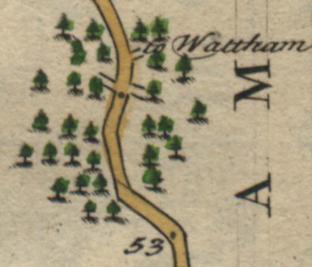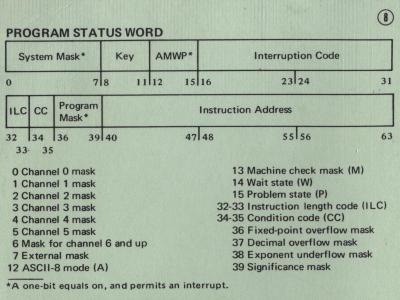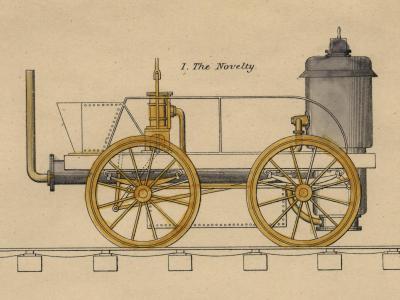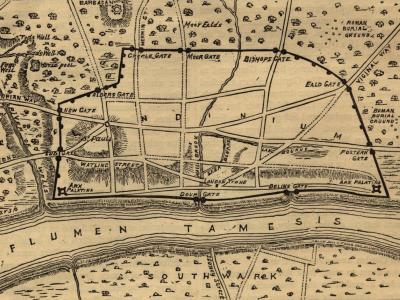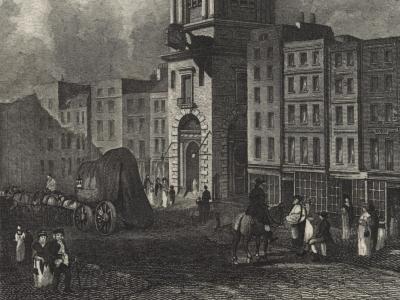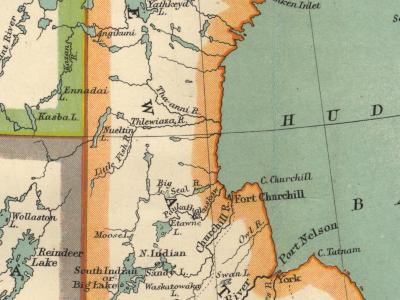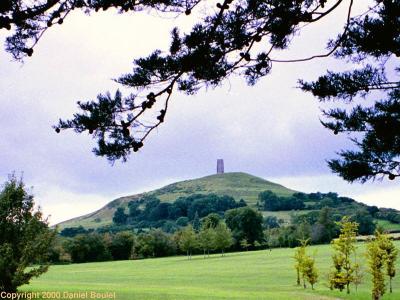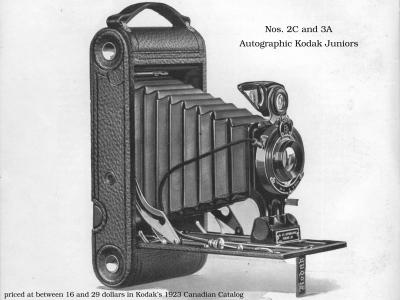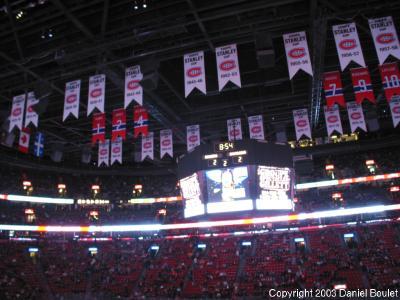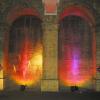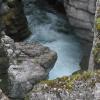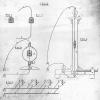Testimony of Microsoft executive Paul Maritz in the DOJ vs. Microsoft trial:
Applications support for Linux is also growing rapidly. Within the
past few months, leading software vendors have announced that
they will create Linux versions of their flagship products. For
example, the leading database vendor, Oracle, recently
announced that it is developing a Linux version of its
market-leading Oracle 8 database. One of Oracle's chief
database rivals, Informix, quickly followed suit, and Mr Soyring
testified that IBM is porting its principal database product, DB2,
to Linux as well. (In fact, IBM announced on November 20, 1998,
that its Linux version of DB2 will be free.)
Netscape is developing Linux versions of its enterprise server
software, and most of Netscape's client software is already
available for Linux. Corel offers a Linux version of its popular
WordPerfect suite of business productivity applications, and it is
free. Star Division of Germany offers its StarOffice, a full suite of
business productivity applications. StarOffice, recently priced at
about $300, is now free for individual users. Sun is porting its
Java Development Kit 1.2 to Linux.
Commercial software vendors such as Red Hat and Caldera
now offer compatible versions of Linux at a nominal charge.
Although Linux can be and routinely is downloaded for free off
the Internet, Red Hat and Caldera plan to earn revenues from
related software and services such as training and support. The
presence of such supported versions of Linux promises to make
the operating system more appealing to corporate customers.
Today, the number of developers working on improving Linux
vastly exceeds the number of Microsoft developers working on
Windows NT. Linux developers are currently working on
"Windows-like" user interfaces "Gnome" and "KDE" to
simplify its operation.
It is unlikely in any other established industry that a single
person, aided only by independent volunteers, could create a
product that would emerge to challenge the industry leader. Yet
this is the story of Linux, and the nature of the software business.
or if they are lying in their marketing propaganda:
Microsoft's Ed Muth in March, 1999:
The problem...is there are fewer applications available for Linux,
there's no long-term development roadmap, and there's a
higher technical risk in using it [...] You could cut Linux some
slack if it were sharply lower in cost-per-transaction than NT,
but that's not the case.
Now I'll grant that my two quotes above don't quite conflict each other
directly but they sure do demonstrate the difficulties that Microsoft has been
having lately keeping their story straight (somehow, I doubt that they even
care since the two audiences are somewhat separate - I wonder which audience
they consider to be most important?)
